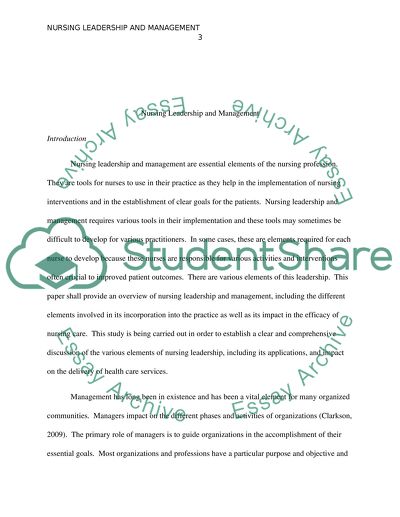Cite this document
(“Nursing Leadership and Management Article Example | Topics and Well Written Essays - 2500 words”, n.d.)
Retrieved from https://studentshare.org/nursing/1400740-nursing-leadership-and-management
Retrieved from https://studentshare.org/nursing/1400740-nursing-leadership-and-management
(Nursing Leadership and Management Article Example | Topics and Well Written Essays - 2500 Words)
https://studentshare.org/nursing/1400740-nursing-leadership-and-management.
https://studentshare.org/nursing/1400740-nursing-leadership-and-management.
“Nursing Leadership and Management Article Example | Topics and Well Written Essays - 2500 Words”, n.d. https://studentshare.org/nursing/1400740-nursing-leadership-and-management.


